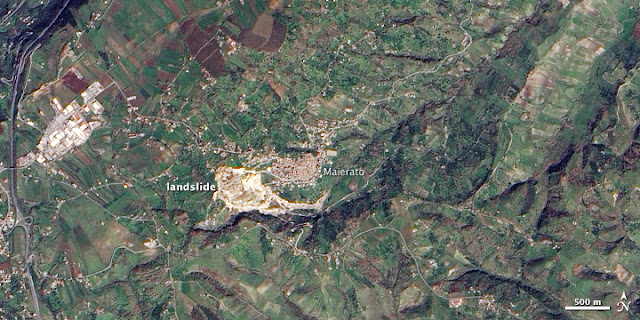Italy’s northern region fits into the mid-latitude climate
zone; the region has “cold winds…rolling down from the Alps and northern Europe”.
The region is colder, mountainous, and higher in latitude. The mid-latitude
zone also means that Northern Italy is closer to the North Pole. This region
has a higher albedo because during the winter months the snow reflects the suns
UV rays preventing the land from heating up. The elevation of the region can also
explain the colder climate; the higher the elevation the colder the
temperatures.
The southern region fits into the sub-tropical climate zone
and has “hot winds arriving from the Sahara in
the south”. The region is hotter, lower in latitude, and gets more sunshine. The
region receives more sunlight due to the latitude allowing the land to stay
warm. Heat and even sand gets carried from the Sahara
due to dynamic pressure variation. Circulating wind allows the sand and the
heat to get carried from the subtropical trade winds region to the mid-latitude
westerlies.
Shows the pressure gradient and the close iso-bars which cause the wind.
Information
Pictures








